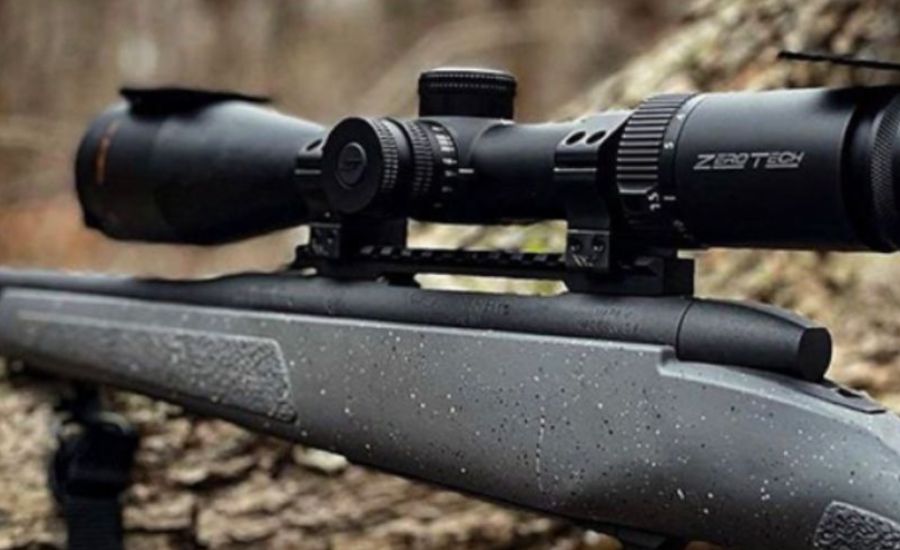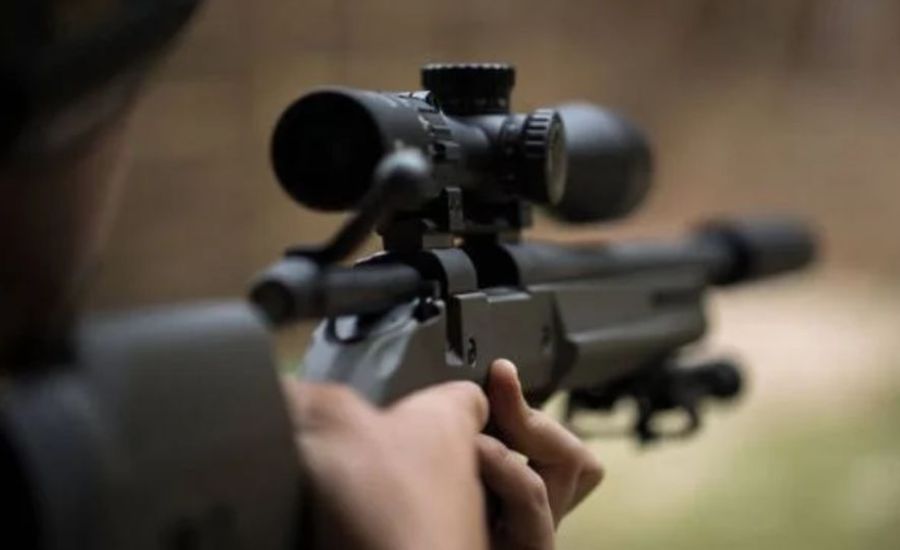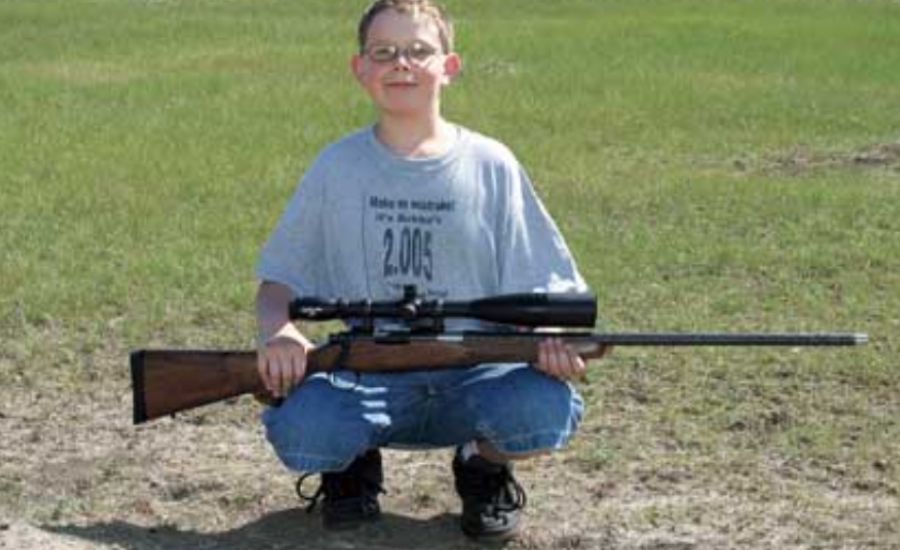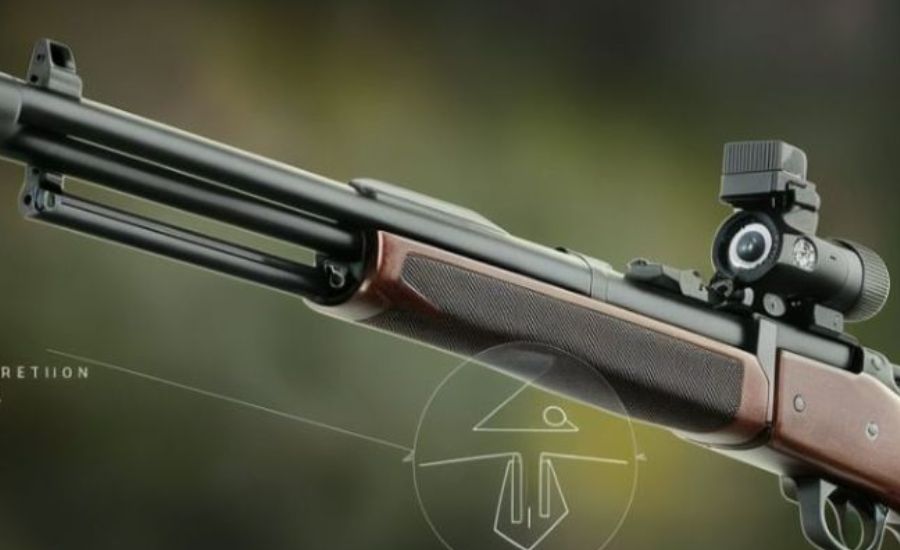Rifle Barrel 32.7 x 42 1:20, Dimensions Measurements, Terminology & More
Introduction to Rifle Barrel 32.7 x 42 1:20
When it comes to precision shooting, understanding the specifications of your rifle barrel is essential. Among these specifications, the designation 32.7 x 42 1:20 stands out as a critical element that can greatly influence shooting performance. These seemingly technical numbers represent crucial aspects of your firearm’s design, impacting everything from accuracy to the stability of the bullet in flight. For hunters, competitive shooters, and firearm enthusiasts alike, a deep comprehension of these dimensions is paramount for achieving optimal results in the field or at the range.
At first glance, the numbers may appear to be mere measurements, but they encapsulate vital information about the barrel’s performance characteristics. The first part of the designation, 32.7, usually indicates the bore diameter, measured in millimeters. This dimension is significant because it determines the fit of the bullet within the barrel, influencing factors such as gas sealing, pressure, and ultimately, the bullet’s speed and trajectory. A properly sized bore ensures efficient combustion of gunpowder, which translates to higher velocities and more consistent accuracy.
The second part, 42, typically refers to the barrel’s length. Barrel length is not just a number; it plays a crucial role in the dynamics of shooting. A longer barrel can enhance bullet velocity and improve stability, while a shorter barrel may offer greater maneuverability and ease of handling. However, the right length often depends on the intended use of the rifle, whether it’s for long-range precision or fast-paced hunting in dense environments.
Lastly, the 1:20 rifling twist rate is another essential specification to consider. This twist rate indicates how quickly the barrel spins the bullet as it travels down the bore. A 1:20 twist means the bullet makes one full rotation for every 20 inches of barrel length. The right twist rate is critical for stabilizing the bullet in flight, as it can significantly affect accuracy, especially at longer ranges. An incorrect twist rate can lead to tumbling bullets and diminished performance.
In summary, understanding the implications of barrel specifications like 32.7 x 42 1:20 is vital for any shooter seeking to maximize their accuracy and effectiveness. Whether you’re honing your skills on the range or tracking game in the wild, knowing how these dimensions influence your rifle’s performance can lead to better shooting outcomes and enhance your overall experience with firearms. Through this guide, we aim to provide a comprehensive understanding of these specifications, empowering shooters of all levels to make informed decisions about their equipment.
What is a Rifle Barrel?
The rifle barrel serves as the core component of a firearm, acting as the long, cylindrical pathway through which the bullet travels upon firing. This crucial part not only guides the bullet but also stabilizes and directs it, significantly influencing its trajectory and accuracy. A barrel’s design, length, and internal configuration are vital factors that determine a gun’s overall performance.
Beyond merely directing the bullet, the barrel contributes to increased velocity, improved precision, and extended range. Barrels are specifically engineered for various purposes; for example, shorter barrels are ideal for close-quarters engagements, while longer barrels excel in long-range shooting. Selecting the right barrel tailored to your shooting requirements is essential for optimizing your firearm’s capabilities.
Dimensions Explained: 32.7 x 42

The specifications **32.7 x 42** highlight two vital measurements of a rifle barrel: bore diameter and outer diameter.The interior width of the barrel, which is crucial for figuring out the calibre of the gun, is indicated by the bore diameter of **32.7 mm**. Whereas a smaller bore is intended for lighter, smaller bullets, a larger bore permits the employment of larger projectiles.
On the other hand, the **42 mm** measurement represents the barrel’s outer diameter. This external dimension is critical for the barrel’s structural integrity. A thicker outer diameter enhances the barrel’s ability to withstand higher pressures and improves heat dissipation, which is particularly important during prolonged shooting sessions. The **32.7 x 42** configuration strikes an excellent balance between durability and performance, making it a versatile option for a wide range of shooting scenarios. Understanding these dimensions can significantly impact your shooting experience and help you select the right firearm for your needs.
The Importance of Rifling: 1:20 Explained
The helical grooves that are engraved within a barrel and are vital to the shooting process are called rifling. These grooves increase the bullet’s stability and overall accuracy during flight by giving it a rotating spin as it leaves the barrel. The bullet goes through the barrel in 20 inches, or one full spin for every 20 inches, according to the 1:20 twist ratio.
A slower twist rate, such as 1:20, is particularly effective for longer and heavier bullets. This slower rotation helps stabilize the bullet without causing excessive spin, which can compromise accuracy at extended distances. Your shots will shoot farther and more accurately because rifling ensures a straight route for the bullet as well as stabilising it. It is essential to comprehend how the 1:20 rifling twist affects shooting accuracy and bullet selection if you want to get the most out of your handgun and improve your performance in the field or at the range.
Basics of Barrel Measurements and Terminology
Grasping the intricacies of barrel measurements is essential for every rifle enthusiast. These measurements primarily include length, diameter, and twist rate, each significantly affecting a rifle’s overall performance.
The length of a bullet is the distance it travels inside the barrel before it is released. A longer barrel frequently adds to higher accuracy due to the extended time the bullet remains in the barrel, allowing for better stability. But this extra length may also mean more weight, which could make it harder to manoeuvre.
The diameter of a bullet determines its maximum size and is commonly stated in millimetres or calibres. This dimension is very important for muzzle velocity because a bigger diameter usually means greater power, which affects the bullet’s performance and energy when it fires.
The distance needed for the rifling inside the barrel to accomplish a full turn is known as the twist rate. A bullet with 1:20 twist rate, for example, completes one turn for every 20 inches of barrel length. This twist rate directly affects the bullet’s accuracy throughout a range of distances, making it essential for the bullet’s stability in flight.
By familiarizing yourself with these critical measurements, you can make informed decisions about the right equipment to suit your shooting preferences and enhance your overall experience.
The 32.7 x 42 1:20 Rifle Barrel Explained

The 32.7 x 42 1:20 rifle barrel represents a specialized configuration that integrates specific measurements with a unique twist rate. The initial number, 32.7, indicates the bullet diameter in millimeters, while the second number, 42, denotes the barrel’s length in centimeters.
This design features a twist rate of 1:20, meaning the bullet completes one full rotation for every 20 inches of barrel length. This twist rate is particularly effective for stabilizing longer projectiles, significantly enhancing accuracy over extended distances.
Choosing a barrel with these specifications offers shooters enhanced ballistic performance. The combination of bullet size and twist rate creates optimal conditions for various ammunition types and shooting techniques.
Gun enthusiasts can make well-informed judgements that suit their shooting tastes on the range or in the field by being aware of these crucial measurements.
Tips for Proper Maintenance and Care of Your Rifle Barrel
For a 32.7 x 42 1:20 rifle barrel to last a long time and function at its best, proper maintenance is essential. Regular cleaning is one of the most crucial parts of barrel maintenance. It should be a top priority to use cleaning patches and bore brushes to remove any fouling after each use.
It’s also essential to conduct frequent inspections of your barrel for signs of wear or damage. Pay special attention to the rifling; it should be consistent and free from pitting or rust, which can negatively impact accuracy.
Lubrication is another key factor in barrel maintenance. Maintaining the integrity of your barrel can be achieved by lightly coating it with gun oil, which also acts as a corrosion inhibitor and prevents moisture accumulation.
Properly storing your gun is just as crucial.Keep it in a dry place, ideally with silica gel packets inside to absorb any remaining moisture.When the barrel is not in use, always cover it firmly to keep dust from building up within.
Consider getting a professional review if you observe any odd behaviour during shooting, such as decreased accuracy or unexpected noises. By paying close attention to these upkeep procedures, you can greatly increase the lifespan of your barrel and improve your shooting.
Technical Specifications of Your Rifle Barrel
Deciphering the specifications of a rifle barrel can initially seem complex, but it’s essential for enhancing your shooting experience. The Rifle Barrel 32.7 x 42 1:20 provides important information about its diameter and length. The first number, 32.7, represents the diameter in millimeters, while the 42 indicates the length of the barrel. These measurements are critical as they directly influence accuracy and effective range.
The 1:20 twist rate indicates the distance a bullet travels within the barrel before completing a full spin. While a slower twist rate is better suited for heavier projectiles, a faster twist rate stabilises lighter bullets and permits flatter trajectories. Comprehending these subtleties is essential to choosing ammo that meets the requirements of your firearm and guarantees maximum efficiency.
Material composition is another important factor that impacts the barrel’s durability and weight distribution. By selecting the right configuration, you can improve handling during various shooting scenarios, whether you’re on the range or in the field. Each technical specification contributes significantly to your overall effectiveness as a shooter.
Performance Characteristics

For any shooter looking to maximise accuracy and efficiency, the Rifle Barrel 32.7 x 42 1:20’s performance attributes are essential. This barrel’s 1:20 twist rate stabilises lighter bullets well, allowing for more accuracy and flatter trajectories at a variety of ranges.
The barrel’s 42 mm length enhances bullet velocity while maintaining maneuverability, which many shooters find advantageous. This length strikes a balance between weight and ease of handling, making it suitable for various shooting styles.
Additionally, the 32.7 mm diameter ensures robust durability while promoting effective heat dissipation during prolonged shooting sessions. This quality translates into reliable performance even under challenging conditions. Understanding these characteristics enables you to choose the right ammunition and shooting techniques that best suit your setup.
Optimizing Your Shooting Experience
Selecting the appropriate rifle barrel can greatly enhance your shooting experience. The Rifle Barrel 32.7 x 42 1:20 offers distinct advantages that cater to both novice and experienced shooters.
To utilize this barrel effectively, it’s crucial to adopt proper techniques, which will help you achieve unprecedented precision. Regular maintenance is equally important; it ensures your equipment remains reliable when it counts most.
Being aware of potential limitations and understanding how to handle your rifle responsibly will empower you to maximize both safety and performance. Investing time in learning about your rifle barrel pays dividends during each outing, whether on the range or in the field. Embrace the journey of mastering your equipment and enjoy every moment of shooting.
FAQs
1. What does the designation 32.7 x 42 1:20 mean?
The numbers indicate important measurements of the rifle barrel. The first number, 32.7, is the bore diameter in millimeters, which affects the bullet’s fit and performance. The second number, 42, represents the barrel’s length in centimeters. The twist rate of 1:20 indicates that the bullet makes one full rotation for every 20 inches of barrel length.
2. How does the bore diameter affect shooting?
The bore diameter influences how well the bullet fits in the barrel, which can impact gas sealing, pressure, and velocity. A correctly sized bore ensures efficient combustion of gunpowder, leading to higher speeds and improved accuracy.
3. Why is barrel length important?
Barrel length affects bullet velocity and stability. A longer barrel can increase velocity and enhance accuracy, while a shorter barrel may provide better maneuverability. The right length depends on how you plan to use the rifle.
4. What is rifling, and why is the twist rate significant?
Rifling consists of grooves inside the barrel that help stabilize the bullet as it travels. The twist rate, such as 1:20, determines how fast the bullet spins, which is crucial for accuracy. A slower twist rate is often better for heavier bullets, while a faster rate suits lighter projectiles.
5. How can I maintain my rifle barrel?
Regular cleaning is key. Use cleaning patches and brushes to remove fouling after each use. Check for signs of wear, such as pitting or rust, and lightly lubricate the barrel with gun oil. Proper storage is also important; keep it in a dry place and cover it to prevent dust buildup.
6. What type of ammunition works best with a 32.7 x 42 1:20 barrel?
The ideal ammunition will depend on the bullet weight and type. Since the 1:20 twist rate is effective for stabilizing lighter bullets, choosing ammunition that matches this profile will likely yield better accuracy and performance.
7. Can I customize my rifle barrel?
Yes, many shooters choose to customize their barrels to fit specific needs, whether for competition shooting, hunting, or target practice. Consult with a professional gunsmith to explore options that will optimize your rifle’s performance.
8. How does the barrel’s material affect performance?
The material used in the barrel affects its durability, weight, and heat dissipation. Selecting the right material can enhance your rifle’s handling and overall performance, especially during extended shooting sessions.
Final Thoughts
Understanding the specifications of your rifle barrel, such as the 32.7 x 42 1:20 designation, is crucial for anyone serious about shooting. These figures, which include bore diameter, barrel length, and rifling twist rate, reflect important characteristics of your barrel that can have a big influence on your performance.
Gaining knowledge of these specifics can help you shoot better, select the right ammunition, and enjoy a better experience all around.Recall that routine maintenance is essential to keeping your rifle in optimal condition, which enhances accuracy and safety.
Ultimately, whether you’re hitting the range or heading into the field, knowledge of your equipment will empower you to make the most of your shooting adventures. Embrace the learning process and enjoy the journey of mastering your rifle. Happy shooting!
Read More Information About Blog At discoverparadox






